When the University of Oregon commissioned Portland-based Office 52 Architecture to design a modern new academic center for its campus in Eugene, firm principals Michelle LaFoe and Isaac Campbell recommended integrating an ancient material into its facade: terracotta. It was their strategy for providing a historically sympathetic design that also features a contemporary aesthetic.
“We walked around the campus and saw a lot of brick facades with terracotta embellishments. So there was already a rich history of using terracotta here,” LaFoe says.
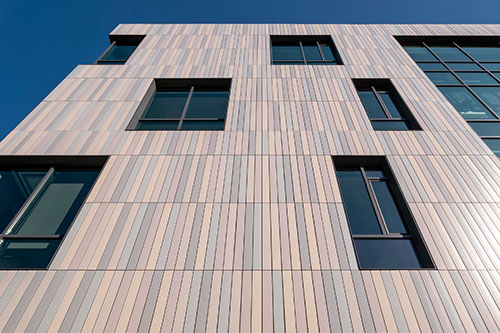
The largest of the center’s three volumes features 3,100 glazed terracotta tiles measuring 3’ and 5’ feet in length. Photo © Sinziana Velicescu
Beyond providing a visual connection to that existing architectural legacy, LaFoe also knew of recent advances in manufacturing technology, which enable the fabrication of high-performance rainscreens built with terracotta that can provide state-of-the-art thermal benefits — with greater design flexibility than brick. “Ceramic tiles are durable and have a long life cycle,” LaFoe says. Additionally, she explained they can be less harmful to the environment than many alternative building skins.
The resulting structure comprises three interlocking volumes: one with a glass curtainwall; another clad in patterned brick; the third and largest, enveloped by a terracotta rainscreen made of 3,100, 6” wide rectangular, glazed panels in roughly 3’ and 5’ lengths. For that, the architects specified the Moeding Alphaton system from Shildan, but with a customized twist: Working with the manufacturer to adapt it for this project, LaFoe developed a palette of five hues to reference the Pacific Northwest landscape and sky. The resulting specially-designed custom glazes were applied to a single neutral-beige profile instead of generating individual through-color molds, to achieve the desired effect within the project’s budget. The company’s standardized open-joint system requires no sealants, gaskets or other materials that can deteriorate over time, but LaFoe’s team did adjust its aluminum fasteners so that the clips extend into voids at the top and bottom of each tile. This process not only makes them easier to install, but more importantly, enables the cladding to withstand the northwest region’s seismic shifts.
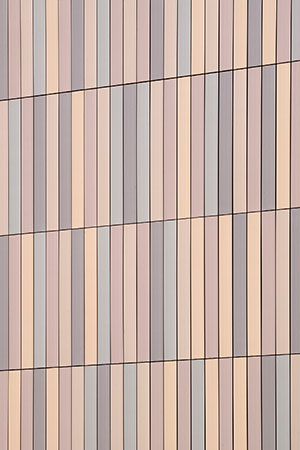
Office 52 Architecture principal Michelle LaFoe developed a special color palette for the clay tiles’ custom glazes. Their hues represent the Northwest landscape and sky. Photo © Sinziana Velicescu
According to LaFoe, “We took an off-the-shelf product and completely customized it.” As it turns out, the variety and textures of the building’s external shell reflects an innovative program. The College of Arts and Sciences new 64,000-square-foot Tykeson Hall houses a series of disparate elements such as classrooms, a career center, student service facilities, and collaboration spaces, all under one roof — a first for the university.
This story was featured in Material World, Architectural Record’s products-focused newsletter. Subscribe today!



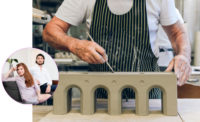
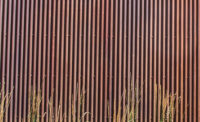
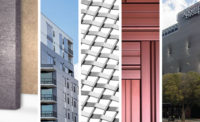

Post a comment to this article
Report Abusive Comment